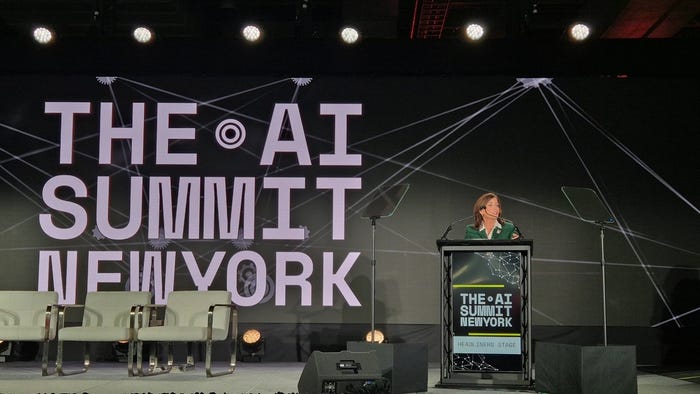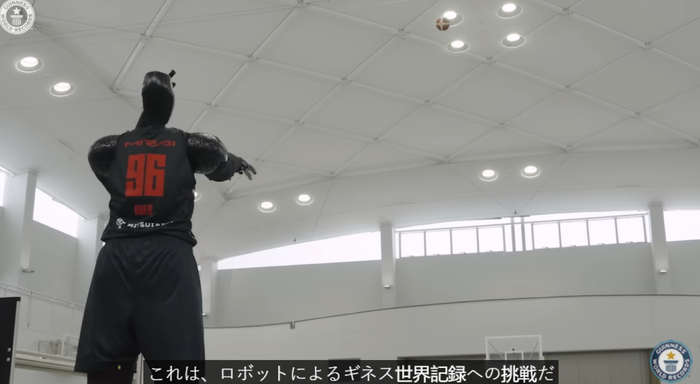Verizon Partners With Skylo Technologies to Launch Satellite-Based Messaging
Roll-out to begin this fall with emergency messaging, location sharing

Verizon and satellite-connectivity startup Skylo Technologies have partnered to offer certain cellular customers satellite-based emergency messaging and location sharing this fall.
Beginning next year, Verizon customers using certain smartphones will also be able to send text messages via Skylo’s “non-terrestrial,” direct-to-device communications platform without using traditional cellular infrastructure.
The Mountain View, California-based company uses existing geostationary satellites to provide networking connectivity. Its network currently covers the United States, Canada and Western Europe, and the firm plans to extend coverage to parts of South America, Asia and Australia as the market matures.
Verizon and Skylo have been developing this satellite IoT technology together. Verizon is the first carrier to commercially launch supplemental smartphone connectivity on Skylo’s network and the first to provide a commercial direct-to-device service offering, the company said.
The ability for a cell phone to roam onto a satellite network is especially valuable in rural or rugged areas where low population, technical challenges and economic incentives make building a cellular network unfeasible, the companies said.
“Our work with Verizon strengthens our belief in network convergence between satellite and cellular, and now this vision is a reality today for both consumers and enterprises,” Skylo Co-Founder and CEO Parthsarathi Trivedi said in a release. “Satellite access isn’t just about reaching out when you’re in trouble; it’s connectivity for staying in touch with your loved ones wherever they are. We are excited to partner with the carrier known globally for its powerful performance and reliable service as we bring a new level of connectivity from space.”
Looking ahead, Skylo expects the satellite IoT roaming capability to have numerous applications in transportation, agriculture, environmental monitoring and asset tracking. For example, the ability to roam on satellite networks will allow companies to accurately track the location and conditions of their assets in real-time, even in the middle of the ocean. In agriculture, satellite IoT can be used to monitor livestock, crops, soil quality and meteorological conditions in remote areas where land-based connectivity is unavailable.
“[T]here are occasional enterprise needs for IoT devices in places where people don’t live or regularly visit,” Kalapala said. “Satellite IoT in combination with Verizon’s terrestrial assets creates the perfect combination for IoT solutions in the most remote parts of the country and over land, air and sea without having to use a separate physical device.”
About the Author
You May Also Like








